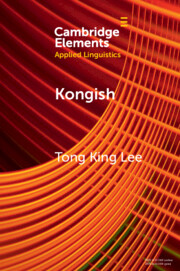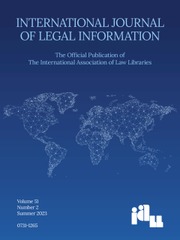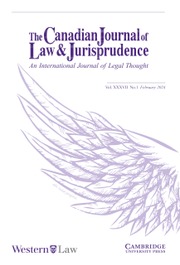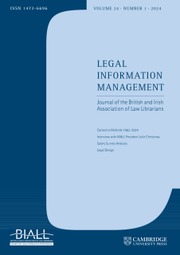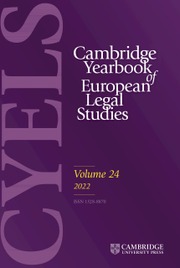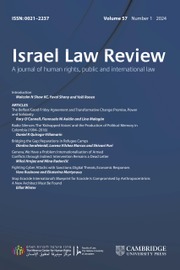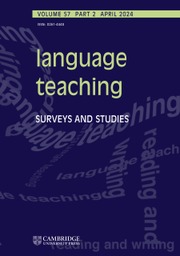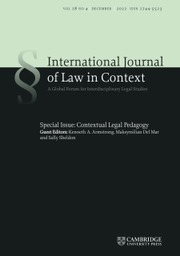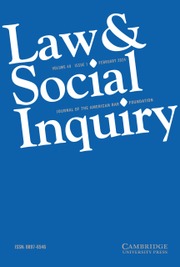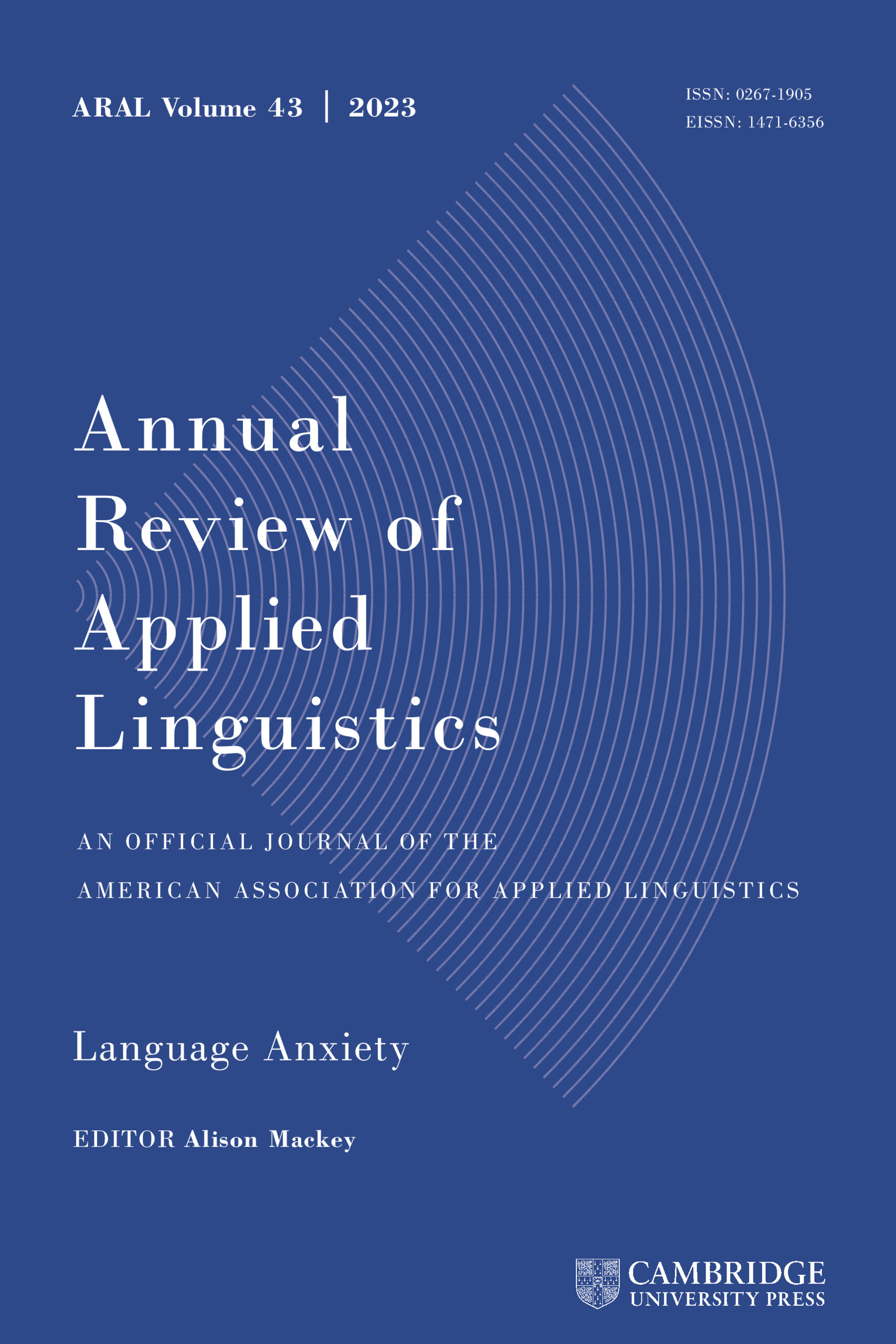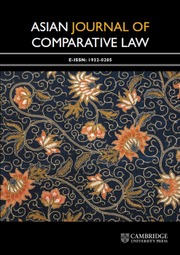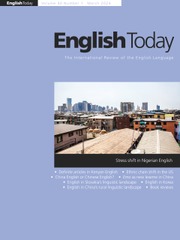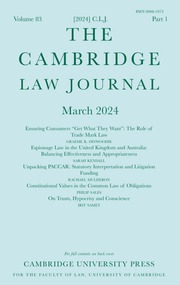The Language of Fake News
£17.00
Part of Elements in Forensic Linguistics
- Authors:
- Jack Grieve, University of Birmingham and Alan Turing Institute
- Helena Woodfield, University of Birmingham
- Date Published: April 2023
- availability: Available
- format: Paperback
- isbn: 9781009349130
£
17.00
Paperback
Other available formats:
eBook
Looking for an inspection copy?
This title is not currently available on inspection
-
In this Element, the authors introduce and apply a framework for the linguistic analysis of fake news. They define fake news as news that is meant to deceive as opposed to inform and argue that there should be systematic differences between real and fake news that reflect this basic difference in communicative purpose. The authors consider one famous case of fake news involving Jayson Blair of The New York Times, which provides them with the opportunity to conduct a controlled study of the effect of deception on the language of a single reporter following this framework. Through a detailed grammatical analysis of a corpus of Blair's real and fake articles, this Element demonstrates that there are clear differences in his writing style, with his real news exhibiting greater information density and conviction than his fake news. This title is also available as Open Access on Cambridge Core.
Customer reviews
Not yet reviewed
Be the first to review
Review was not posted due to profanity
×Product details
- Date Published: April 2023
- format: Paperback
- isbn: 9781009349130
- length: 75 pages
- dimensions: 230 x 150 x 5 mm
- weight: 0.143kg
- availability: Available
Table of Contents
1. Introduction
2. Analysing the Language of Fake News
3. Jayson Blair and the New York Times
4. Corpus
5. Analysis and Results
6. Conclusion
References.
Sorry, this resource is locked
Please register or sign in to request access. If you are having problems accessing these resources please email [email protected]
Register Sign in» Proceed
You are now leaving the Cambridge University Press website. Your eBook purchase and download will be completed by our partner www.ebooks.com. Please see the permission section of the www.ebooks.com catalogue page for details of the print & copy limits on our eBooks.
Continue ×Are you sure you want to delete your account?
This cannot be undone.
Thank you for your feedback which will help us improve our service.
If you requested a response, we will make sure to get back to you shortly.
×




